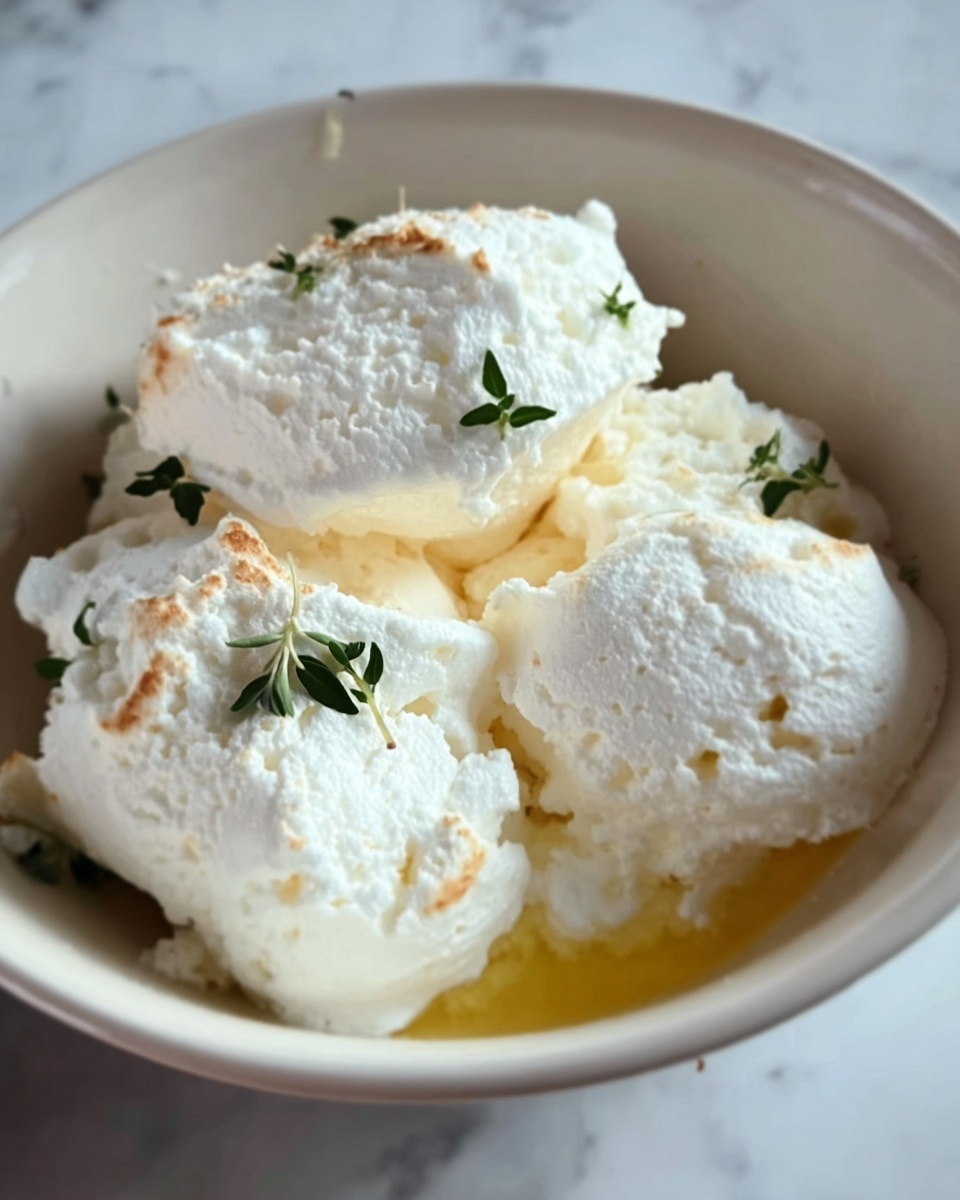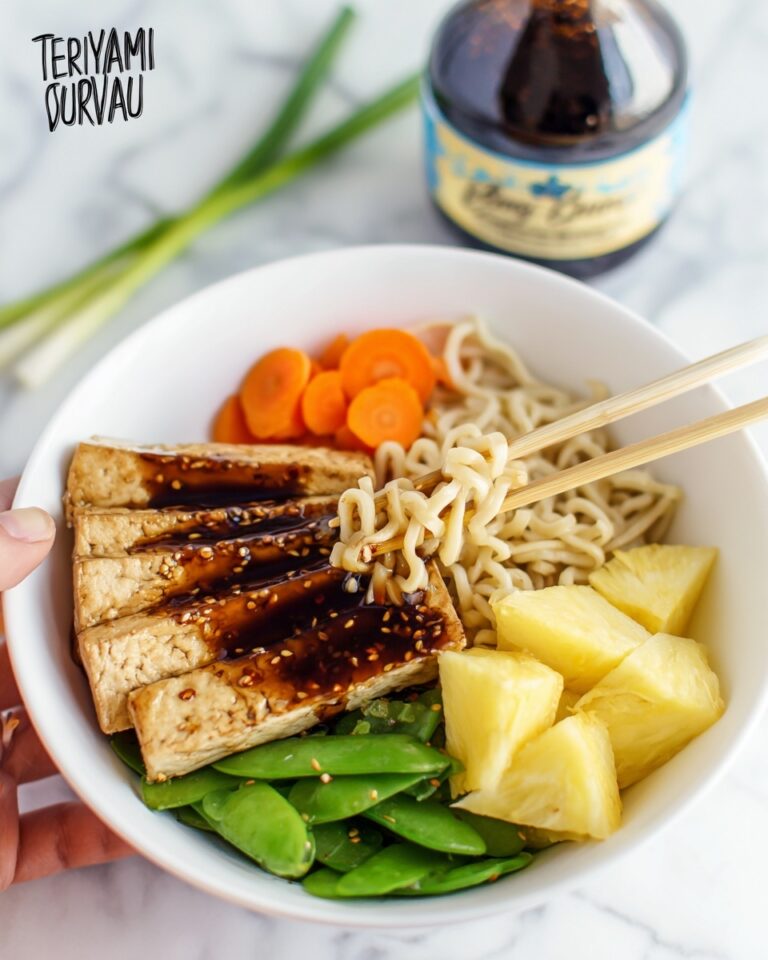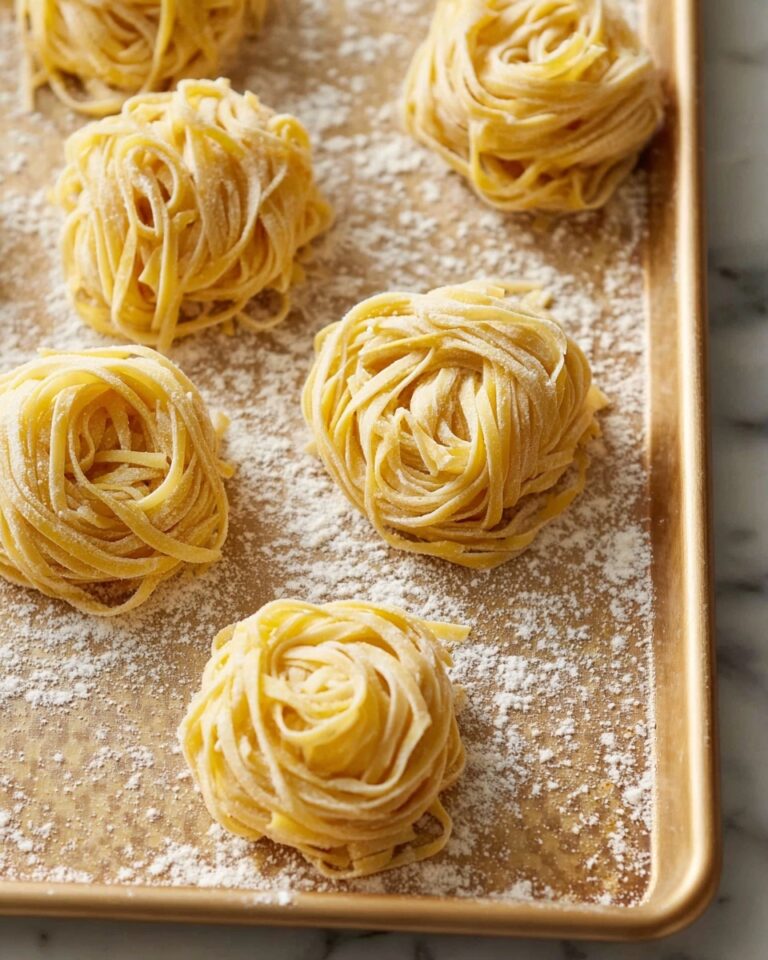If you have ever dreamed of crafting your own fresh cheese from scratch, then this is your moment. This Sicilian Homemade Ricotta Cheese Recipe invites you into the heart of traditional Italian cooking, where simplicity meets incredible flavor. Using just whole milk, a splash of acidity, and a pinch of salt, you’ll witness fresh curds transform into creamy, luscious ricotta that elevates everything from pastas to desserts. The beauty of this recipe lies in how few ingredients are needed to produce a cheese so fresh and pure, you’ll wonder why you ever bought ricotta from the store.

Ingredients You’ll Need
The magic of this Sicilian Homemade Ricotta Cheese Recipe is that it uses just a handful of straightforward ingredients, each playing a crucial role in developing that familiar ricotta taste and texture. Nothing fancy, just essentials that you likely already have at home.
- 1 gallon whole milk: Using whole milk ensures the ricotta is rich and creamy; avoid ultra-pasteurized for best results.
- 1 teaspoon salt: Balances and enhances the natural sweetness of the milk, bringing out the cheese’s full flavor.
- 1/3 cup white distilled vinegar or fresh lemon juice: The acidic element that curdles the milk, turning it into soft curds perfect for ricotta.
How to Make This Sicilian Homemade Ricotta Cheese Recipe
Step 1: Heat the Milk
Pour the whole milk into a large, heavy-bottomed pot and stir in the salt. Heat the milk slowly over medium heat, stirring occasionally to avoid burning the bottom. Monitor the temperature carefully until it reaches between 185°F to 190°F (85°C to 88°C). This precise temperature is crucial because it’s hot enough for the milk to develop the right curds but not so hot as to scald it, which would affect flavor.
Step 2: Add the Acid and Let the Milk Curds Form
Remove the pot from heat and slowly add your vinegar or lemon juice while gently stirring. Then, let the mixture rest undisturbed for 5 to 10 minutes. During this time, you’ll see the milk separate into white curds and translucent whey, which is the hallmark of ricotta-making. Patience here is key; the curds need time to form fully before you move on.
Step 3: Drain the Curds
Line a colander with cheesecloth or a clean kitchen towel and set it over a large bowl to catch the whey. Carefully transfer the curds into the cloth-lined colander and allow them to drain. The draining time varies depending on how creamy or firm you want your ricotta—10 minutes for soft, 30 minutes for a firmer texture. If needed, gently gather the edges of the cloth to squeeze out any extra liquid without pressing too hard, so you don’t lose the delicate curds.
Step 4: Cool and Store
Transfer your fresh ricotta to a bowl and allow it to come to room temperature before using it right away or refrigerating. It’s best eaten fresh but can be stored in an airtight container in the fridge for up to 3 days. The leftover whey is not waste; it’s fantastic added to soups or bread doughs for a boost of flavor and nutrition.
How to Serve This Sicilian Homemade Ricotta Cheese Recipe

Garnishes
Fresh ricotta is a blank canvas that pairs beautifully with simple garnishes like a drizzle of extra virgin olive oil, a sprinkle of flaky sea salt, or freshly cracked black pepper. For a touch of sweetness, try honey with chopped pistachios or a dusting of cinnamon. These little additions make the ricotta sing on the palate without overpowering its fresh, milky character.
Side Dishes
This ricotta shines alongside roasted vegetables, grilled bruschetta, or as a creamy complement to hearty soups. It’s also wonderful dolloped over pasta with fresh tomatoes and basil or spread on crusty bread for a quick snack. The mild flavor makes it a versatile partner that enhances many savory dishes effortlessly.
Creative Ways to Present
Embrace your inner chef by using this Sicilian Homemade Ricotta Cheese Recipe in stuffed pastas like ravioli or manicotti, layering it in lasagna, or folding it into ricotta pancakes and cheesecakes for a light, fluffy texture. You can also blend it with herbs and lemon zest for a fresh cheese spread that will impress guests at any gathering.
Make Ahead and Storage
Storing Leftovers
If you find yourself with more ricotta than needed, storing it properly is crucial. Keep your ricotta in an airtight container to maintain freshness and prevent it from absorbing other fridge odors. Use it within three days for the best flavor and texture.
Freezing
While ricotta freezes well, the texture may become slightly crumbly upon thawing. To freeze, place it in a freezer-safe container, leaving some headspace for expansion. When you’re ready to use it, thaw overnight in the refrigerator and stir gently before adding it to recipes, ideal for cooking and baking rather than eating fresh.
Reheating
Ricotta is best enjoyed cold or at room temperature, but if you need to warm it slightly for a recipe, do so gently over low heat. Avoid overheating to prevent the cheese from breaking down or becoming watery. Incorporating it directly into hot dishes is usually the simplest way to enjoy its creamy richness.
FAQs
Can I use skim or low-fat milk to make ricotta?
While you can, whole milk is highly recommended because it produces ricotta with a creamier, richer texture. Low-fat options may yield a drier, less flavorful cheese.
What’s the difference between ricotta and other cheeses like mozzarella?
Ricotta is made from the whey left after cheese production, using acid to coagulate proteins, resulting in a soft, grainy texture. Mozzarella, however, is made by stretching curds, giving it a stretchier, more elastic quality.
Can I substitute the vinegar with lemon juice?
Absolutely! Fresh lemon juice is a popular and natural acid in this Sicilian Homemade Ricotta Cheese Recipe that helps create beautiful curds. Both work well, so choose whichever you prefer or have on hand.
How do I know when the ricotta has drained enough?
Drain it to your desired consistency. If you want smooth and creamy ricotta, drain it for about 10 to 15 minutes. For thicker, firmer ricotta, allow it to drain 30 minutes or more. It’s all about personal preference!
Can I add herbs or flavorings during the making process?
It’s best to add herbs, salt, or seasonings after the ricotta is made to avoid interfering with curd formation. Stir in fresh herbs, garlic, or spices right before serving to maximize flavor and freshness.
Final Thoughts
This Sicilian Homemade Ricotta Cheese Recipe is one of those kitchen triumphs that makes you feel like a culinary artist with very little effort. The simplicity of the ingredients and technique opens a world of possibilities, from savory dishes to sweet treats. If you’ve never made ricotta at home before, I encourage you to dive in; the reward of fresh, creamy cheese is simply unbeatable. It’s a small taste of Italy that will brighten your cooking and delight your taste buds every time.
Print
This Sicilian Homemade Ricotta Cheese Recipe
- Prep Time: 5 minutes
- Cook Time: 20 minutes
- Total Time: 25 minutes
- Yield: About 2 cups
- Category: Side Dish
- Method: Stovetop
- Cuisine: Italian (Sicilian)
- Diet: Vegetarian, Gluten Free
Description
This authentic Sicilian homemade ricotta cheese recipe uses simple ingredients and traditional stovetop techniques to create fresh, creamy ricotta. Perfect for Italian dishes, this DIY ricotta is easy to make at home without any special equipment.
Ingredients
Ingredients
- 1 gallon whole milk (preferably not ultra-pasteurized)
- 1 teaspoon salt
- 1/3 cup white distilled vinegar or fresh lemon juice
Instructions
- Heat the milk: In a large, heavy-bottomed pot, pour in the milk and add the salt. Heat the milk slowly over medium heat, stirring occasionally to prevent scorching, until it reaches 185°F to 190°F (85°C to 88°C).
- Curdle the milk: Remove the pot from heat and gently stir in the vinegar or lemon juice. Let the mixture sit undisturbed for 5 to 10 minutes as the curds begin to separate from the whey.
- Drain the curds: Line a colander with cheesecloth or a clean kitchen towel and set it over a large bowl. Carefully ladle or pour the curds into the cloth to drain.
- Adjust consistency and finish: Let the ricotta drain for 10 to 30 minutes depending on your preferred consistency. For creamier ricotta, drain for less time; for firmer ricotta, drain longer. Gather the cheesecloth edges and gently squeeze out excess liquid if needed.
- Cool and store: Transfer the ricotta to a bowl and let it cool. Use immediately or refrigerate in an airtight container for up to 3 days.
Notes
- This recipe follows the traditional Sicilian method using simple ingredients and no special equipment.
- You can use leftover whey in soups or bread recipes to reduce waste.
- For a richer ricotta, replace 2 cups of milk with heavy cream.







